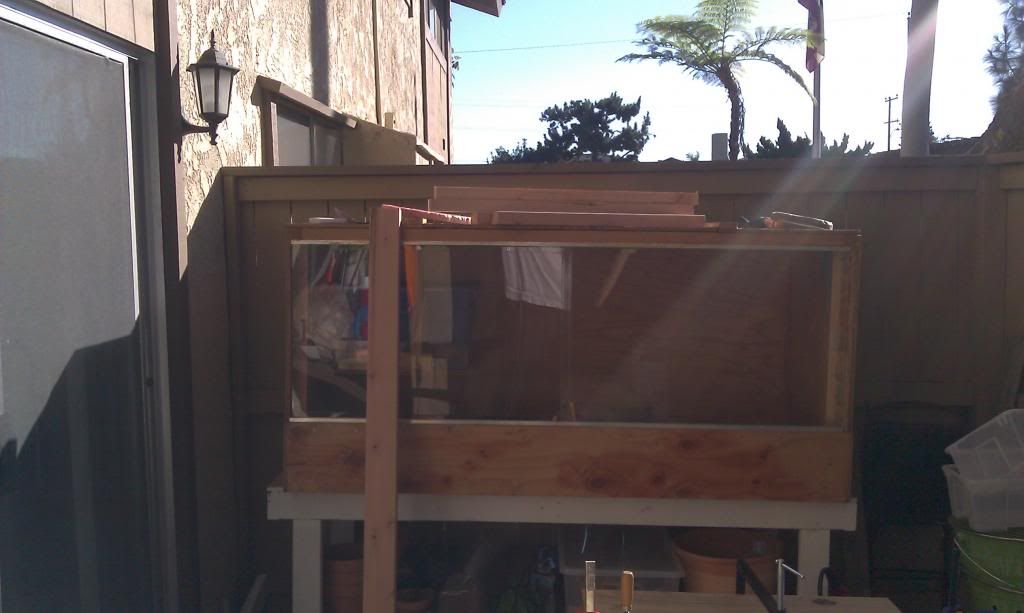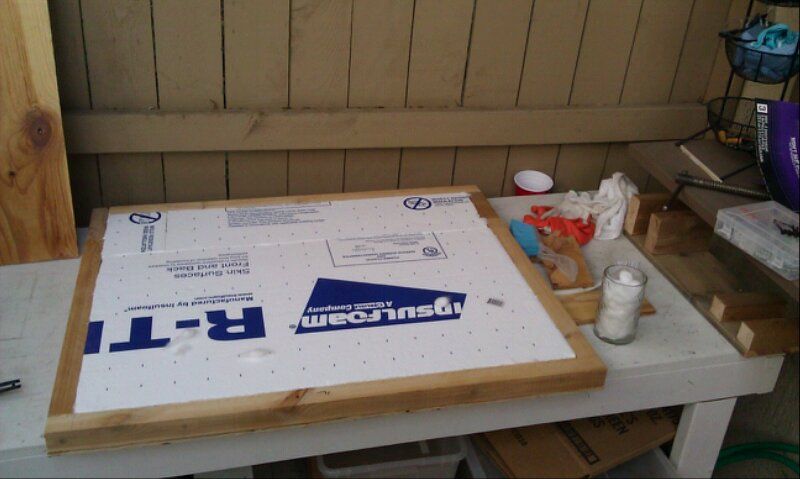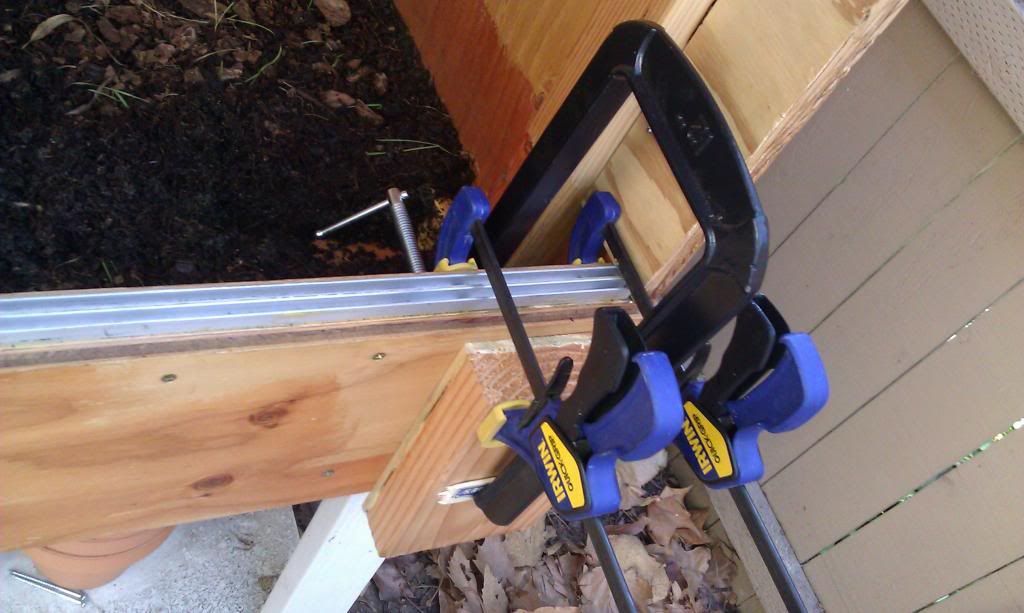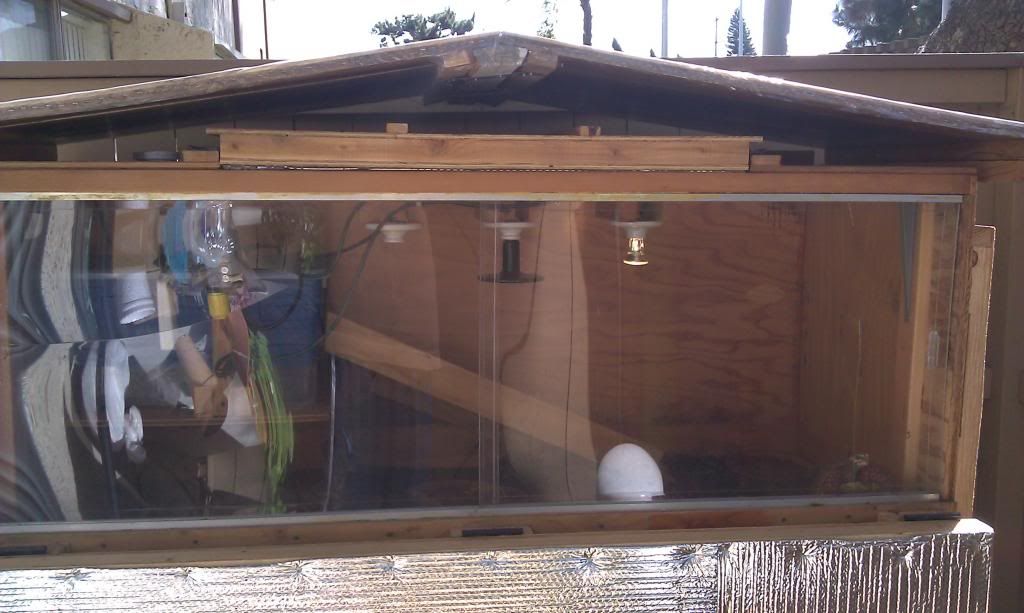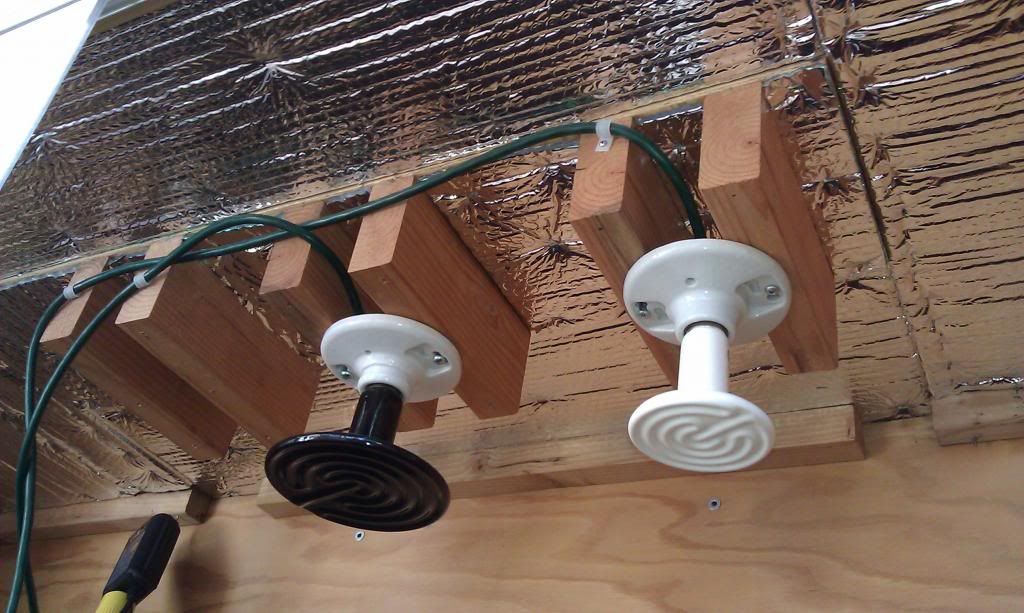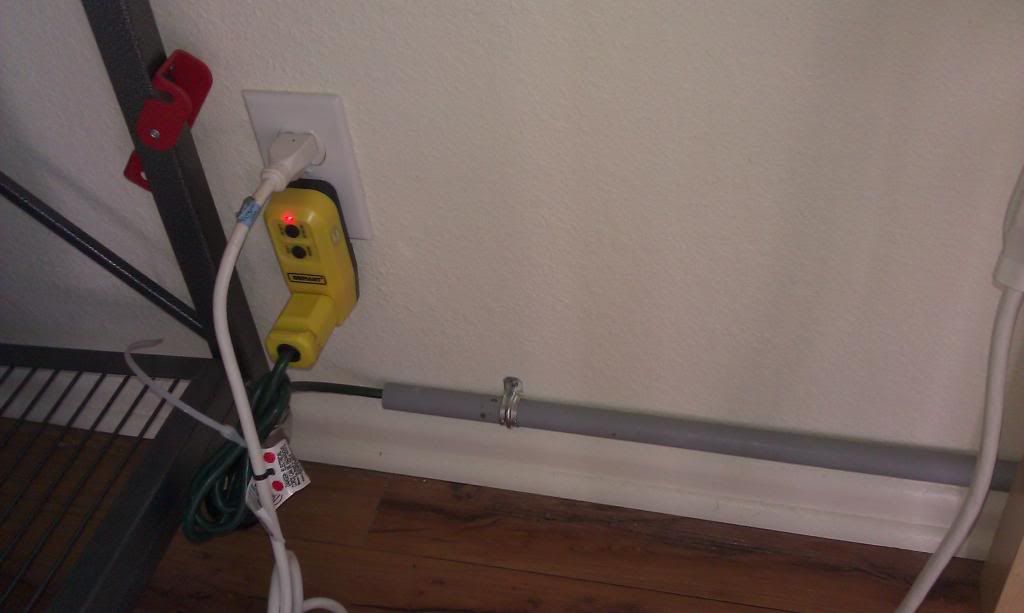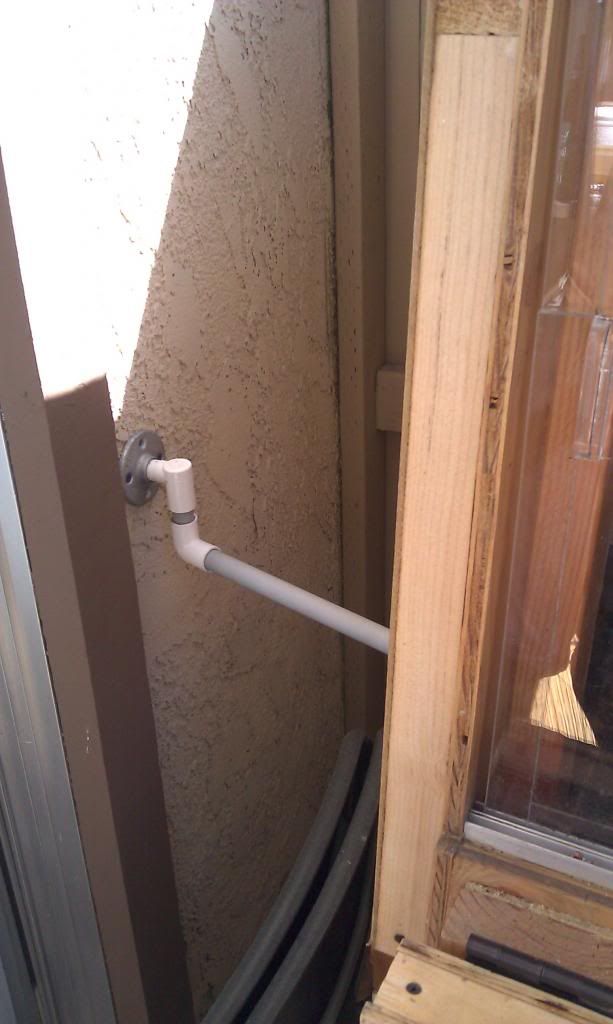RE: Out door heating and wireing questions!
Excuse me this is my thread!
JK
JD sorry to hear about situation and the meds. I know what its like to have health issues. Smoking at to a.m. tho, you were asking for it.
Do all GFI circuits have those button things? Because non of the outlets in my apt have those. Should I just install them? are they cheap?
Tell me more about this idea about drilling thru the wall. Would you suggest running the extension chord up to the wall and drilling a 0.5" whole with a mason bit?
If this is the case where should I start running the tubing and how do you recommend sealing the hole?
Excuse me this is my thread!
JK
JD sorry to hear about situation and the meds. I know what its like to have health issues. Smoking at to a.m. tho, you were asking for it.
Do all GFI circuits have those button things? Because non of the outlets in my apt have those. Should I just install them? are they cheap?
Tell me more about this idea about drilling thru the wall. Would you suggest running the extension chord up to the wall and drilling a 0.5" whole with a mason bit?
If this is the case where should I start running the tubing and how do you recommend sealing the hole?
